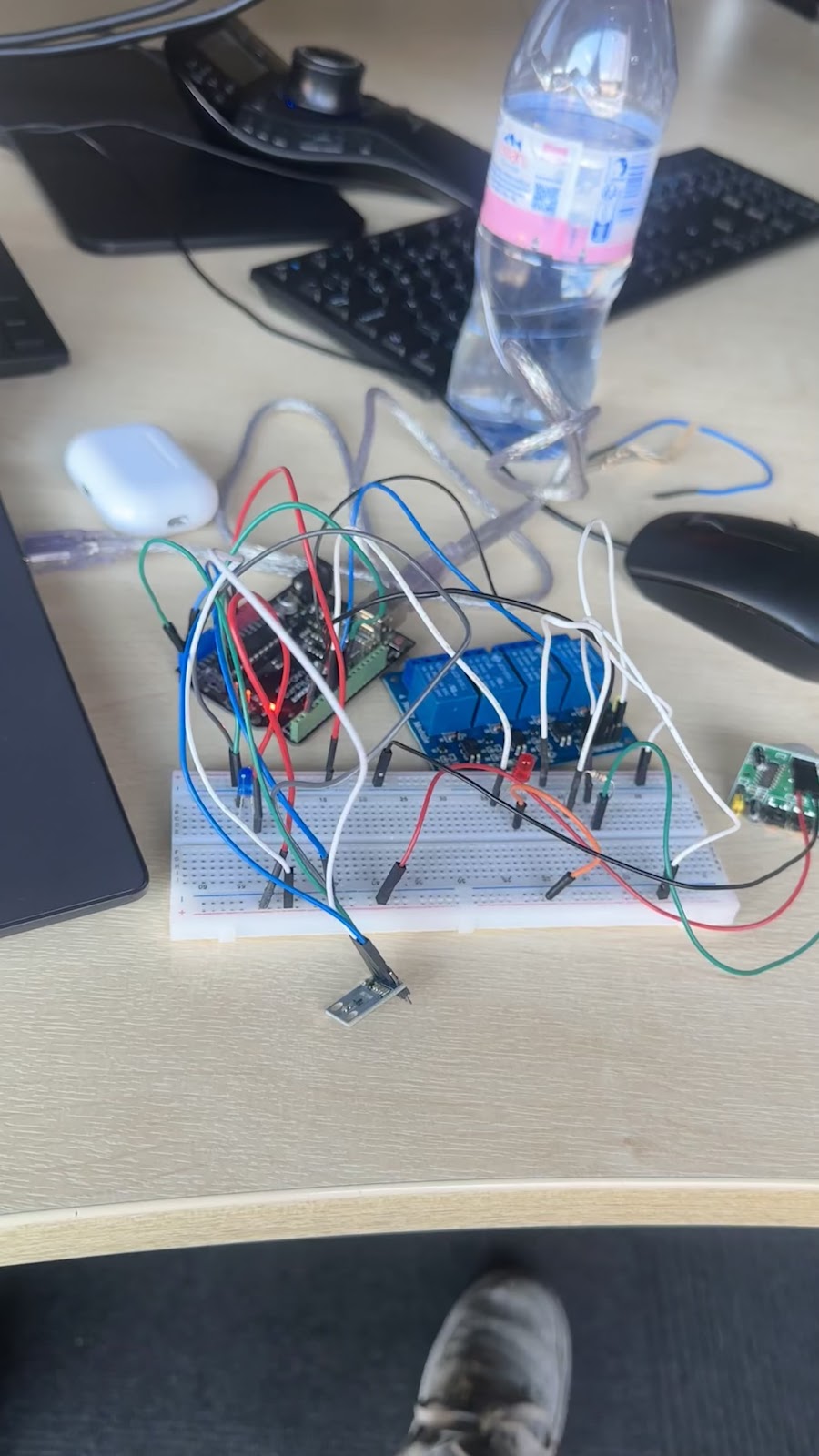Background Research
Why is Smart Lighting Important?
- Lighting accounts for 15-20% of global electricity use.
- Energy-efficient lighting can reduce power consumption and environmental impact.
- Traditional lighting wastes energy when left on unnecessarily.
How Smart Lighting Solves These Problems
- Automated control: Lights turn ON/OFF based on occupancy (PIR sensors).
- Ambient light sensing: Adjusts brightness depending on natural light levels.
- Gesture control: Offers a touch-free and convenient way to control lighting.
- Remote access: Wi-Fi module enables mobile/web control.
Energy Savings with Automated Lighting
- Research by Smith et al. (2023) found that smart lighting systems can reduce energy consumption by 40%.
- Studies highlight that motion-based control significantly improves efficiency.
Gesture-Based Smart Lighting Control
- Doe (2021) analysed how computer vision-based gesture control improves user experience.
- Results showed that gesture-based systems had 85-95% recognition accuracy.
Integration of Sensors and IoT
- Jones & Patel (2022) showed that combining PIR motion sensors + light sensors + IoT creates fully adaptive lighting systems.
- These systems improved user comfort while minimizing unnecessary lighting usage.
challenges I may face when doing the project
Accuracy of Gesture Recognition – Camera-based control may struggle in low light conditions.
Response Time – System must process data quickly to avoid delays.
Hardware Limitations – Raspberry Pi 5 is powerful but may need optimized algorithms for efficiency.
User Adaptability – Some users may prefer manual controls over gestures.


Comments
Post a Comment